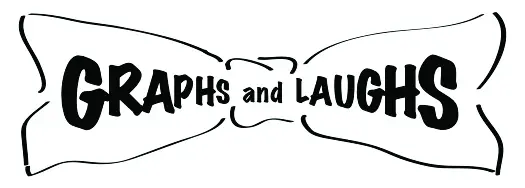Posts Tagged ‘housing sales’
Quirky Quarter
After expanding at an annualized pace of 4.1% in Q3 and 2.4% in Q4, expect Q1 GDP to come in below 1.5% and that’s an improvement based on stronger March data. Q1 will be weak because of dismal weather, very weak inventory accumulation after large increases in Q3 and Q4 and an unexpected decline in…
Read MoreEastern Enemies
While hostilities along the Ukraine-Russian border appear to be heating up, expect markets to ignore it. Absent direct US or EU involvement, this conflict has virtually no relevance to western markets. This is similar to Syria, where once US involvement was removed, markets yawned. That said, this conflict will do large damage to the Ukrainian…
Read MoreTotal Taxes
In 2013, federal government receipts (think taxes) totaled $2.778 trillion, while spending was $3.455 trillion, resulting in a 2013 deficit of $679.5 billion– 4.1% of GDP. The largest deficit ever was in 1943 during WWII when inflation adjusted; receipts were $250.8 billion and spending was $820.8 billion, leading to a deficit of $570.1 billion or…
Read MoreRising Reserves
With an increase of 4.5 billion barrels of crude oil in 2012, America’s proven reserves are now 33 billion barrels, their highest level since 1976 and have been rising since 2009. Moreover, the increase in reserves in 2012 was the largest since 1970, when 10 billion barrels of Alaskan crude were added. At the current…
Read MoreDegrees of Separation
The Friday File: In 1960, among married couples 21% of the time one spouse was better educated than the other; two-thirds of the time it was the husband. By 1990, 38% of married couples were unequally educated and 60% of the time the husband had more schooling. By 2012, 41% of married couples were unequally…
Read MoreBad Buying
For the 12 months ending 1/31/14, S&P 500 firms spent $478 billion buying back outstanding shares, and in the quarter ending 1/31/14 spending on buybacks rose 29% compared to a year earlier. Seems the higher the stock price, the more committed firms are to buybacks. During the last bull market buybacks peaked in the quarter…
Read MorePoor Policy
Policies that didn’t help the economy recover from the Great Recession include tax credits for business investment and the first-time home buyer credit which didn’t exclude new homes as they incentivized new construction when there already was excess plant and an oversupply of vacant homes. The lesson; in recessions encourage households to spend on services,…
Read MorePersuading Persia
While hoping for a change of regime in Iran that forswears nuclear weapons is a lovely idea, it’s not policy. Rather, for diplomacy to work with a recalcitrant partner such as Iran, you need a continuous coercive element. As such, at minimum, the threat of increased sanctions will be necessary towards the tail end of…
Read MoreLethargic Labor
Two caveats from last Friday’s decent labor report. First, rising temp employment, formerly a leading indicator of full-time employment, is no longer. Since 4/10, the number of temp workers is up 58%, while overall employment growth is up 7.8%. Second, at 3.7 million, the long-term unemployed are 36% of all unemployed and at the current…
Read MoreCondiment Count
The Friday File: The most popular condiment in the US is mayonnaise, and by a wide margin. Last year mayo sales totaled $2 billion. Ketchup was a distant second at $800 million, followed by soy sauce at $725 million, barbecue sauce at $660 million and hot sauce at $550 million and rising rapidly. A key…
Read More